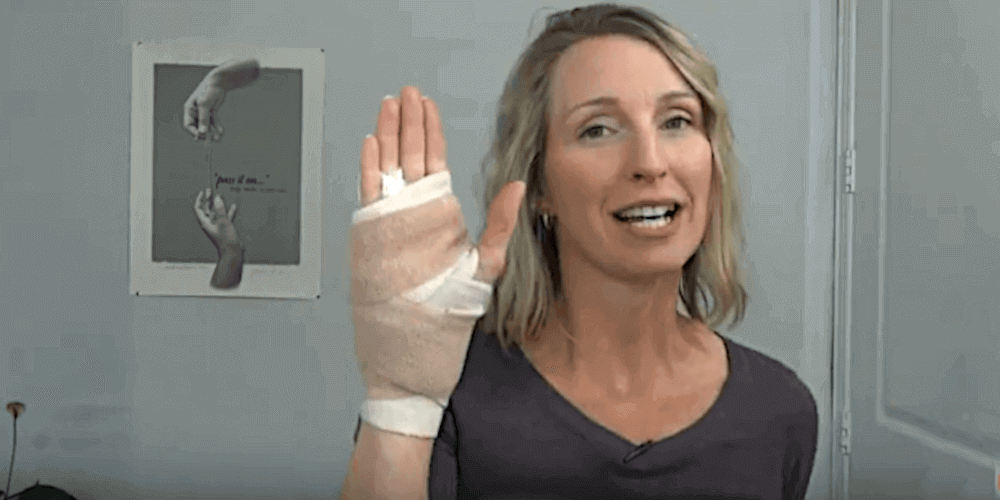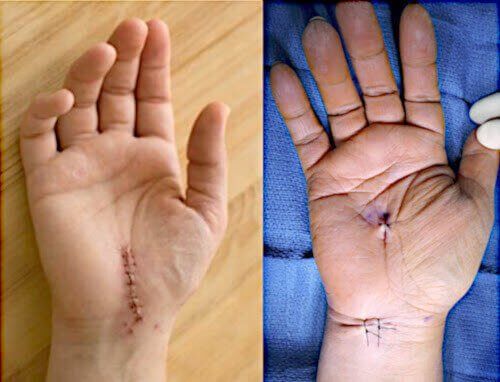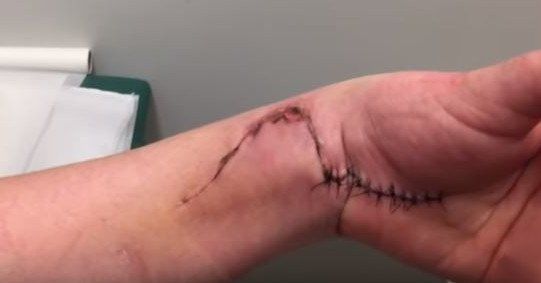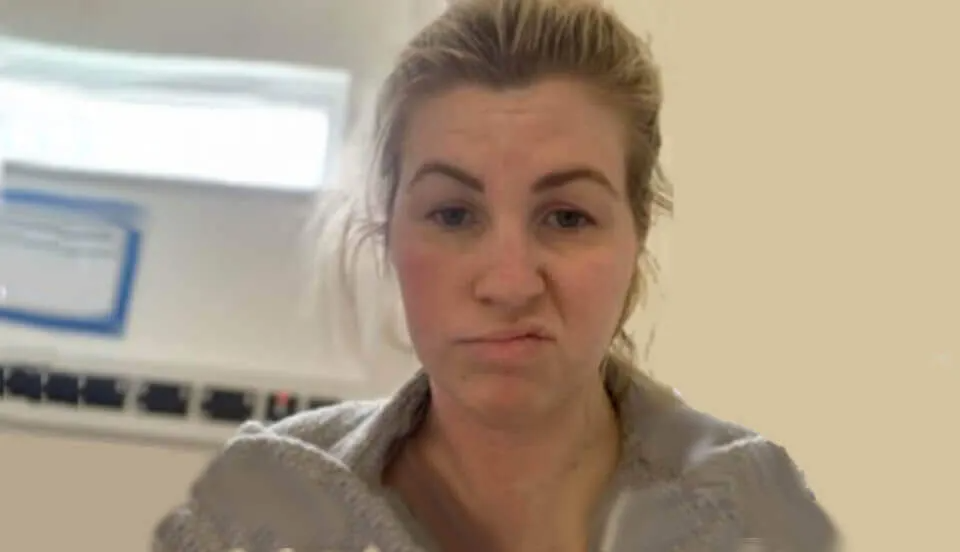Carpal Tunnel Surgery Aftercare: What to Expect and How to Heal Safely
Table of Contents
- Understanding your recovery
- Why so many patients choose surgery
- Managing pain after surgery
- Types of post-surgical pain
- When pain doesn't go away
- Consequences of a failed surgery
- What you can do instead
- Key takeaway
- FAQs
- About
Dr. M. Zannakis | The CarpalRx
Carpal tunnel surgery aftercare focuses on pain management and monitoring for complications.
While some discomfort is normal, persistent or worsening pain may indicate nerve damage, infection, or a failed surgery. Most pain should ease within 7–10 days. If symptoms like numbness, tingling, or weakness return, it may suggest surgical failure, which occurs in up to half of patients. Non-surgical options such as stretching, night bracing, and myofascial release can still provide effective relief.
Understanding your recovery
After
carpal tunnel release surgery, proper aftercare is crucial for healing and long-term hand function. Your doctor will give you a detailed recovery plan, but it’s equally important to know what’s normal—and what could signal trouble.
Some pain and swelling are expected in the first few days. However, intense, worsening, or prolonged pain could indicate an underlying issue that requires medical attention. Addressing problems early can make the difference between a smooth recovery and chronic pain.
Why so many patients choose surgery
Carpal tunnel syndrome is incredibly common—affecting about
15% of Americans, with over
500,000 surgeries performed each year.
While surgery can relieve pressure on the median nerve, non-surgical treatments such as stretching, bracing, and massage therapy often work just as well and are far less invasive. Still, many patients opt for surgery when conservative treatments fail or symptoms become severe.
Managing pain after surgery
Pain is the most prominent part of carpal tunnel surgery aftercare. You’ll likely receive prescription pain medication for the first few days, followed by over-the-counter relief as recovery progresses.
Keep these four questions in mind as you monitor your pain:
1) Where is the pain?
Pain at the incision site is normal, but pain elsewhere—especially along the wrist sides—can signal nerve irritation.
2) How intense is it?
Pain should gradually fade after 2–4 days. If it stays severe or worsens, contact your
doctor.
3) When do you feel it?
Pain that persists both day and night may mean
infection or nerve damage.
4) Is it improving with time?
Normal recovery pain lessens steadily with
time. If not, it may be a sign of a
complication or surgical failure.
Types of post-surgical pain
You may experience two main kinds of discomfort:
- Incisional Pain:
A normal deep ache where your palm was cut, typically resolving within 7–10 days.
- Pillar Pain:
Abnormal, grinding pain on either side of the incision, often caused by median nerve trauma. This is a known surgical complication and can be difficult to treat.
When pain doesn't go away
Persistent or intensifying pain beyond two weeks could signal infection, nerve injury, or a failed procedure.
Studies estimate that carpal tunnel surgery fails in up to
52% of cases, most often due to pain recurrence or loss of hand strength. Even revision (repeat) surgeries fail to resolve the problem
20% of the time.
Consequences of a failed surgery
Patients with failed surgeries often experience lasting discomfort or limited function. Only about
10-23% can return to their previous occupations, especially if their jobs require repetitive hand motions. For many, symptoms persist for months—or even years.
What you can do instead
If surgery hasn’t helped or you want to avoid it altogether, you still have options. Major health organizations recommend starting with non-surgical treatments that are highly effective, including:
Together, these methods are up to
97% effective when used consistently.
Key takeaway
After carpal tunnel surgery, most pain should fade within a week. If it lingers or worsens, it could mean the surgery didn’t fully correct the problem. Don’t lose hope—non-surgical therapies can still restore comfort and hand function safely and naturally.
FAQs
1. How long does pain last after carpal tunnel surgery?
Normal post-surgical pain lasts about 7–10 days and gradually decreases. Persistent or worsening pain beyond two weeks may indicate a complication or failed surgery.
2. What are signs of a failed carpal tunnel surgery?
Recurring pain, numbness, or tingling that doesn’t improve—or that returns after recovery—are common signs. Loss of hand strength and stiffness can also signal surgical failure.
3. What can I do if my carpal tunnel surgery failed?
Non-surgical treatments such as stretching, bracing, and myofascial release therapy can still offer relief. These methods are highly effective and may help you avoid another surgery.
About









